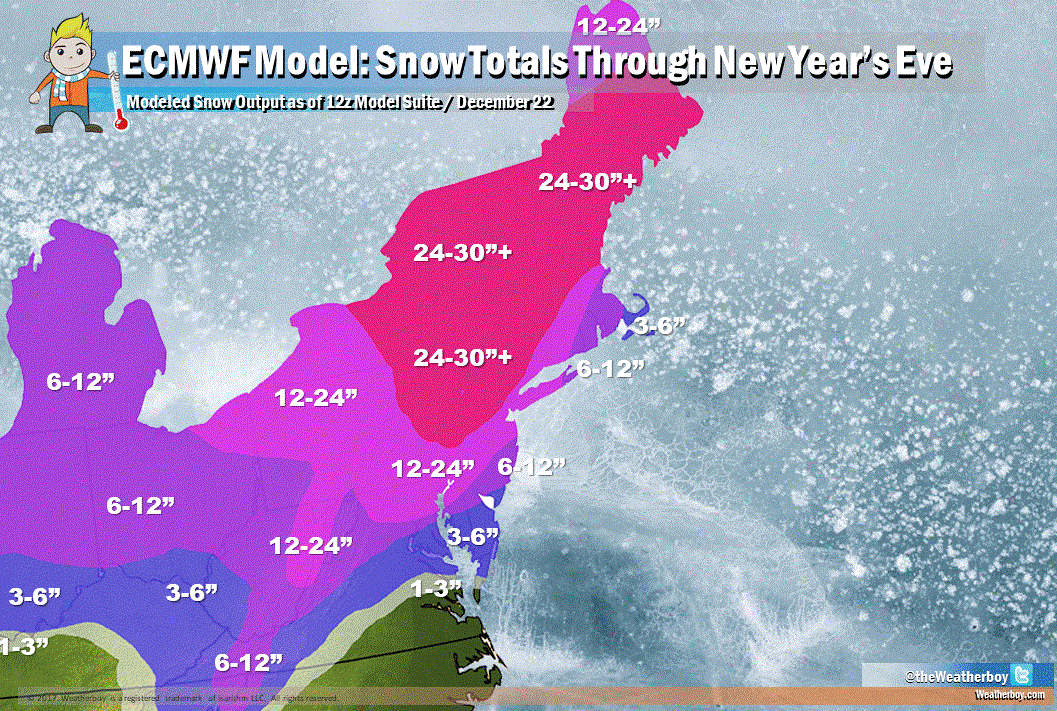
mesoscale models are known as the North American Mesoscale Forecast System (NAM) and the High-Resolution Rapid Refresh (HRRR) model. Then there are mesoscale (fine-scale) models, which hone in on more specific regions and tend to be able to forecast really small weather features better than the global models, like thunderstorms or snowfall within steep mountains.
#SNOWFALL PREDICTION MODELS LICENSE#
A personal license is available to access data with an individual subscription (see Paid Forecast Model Websites below).

Although the time frame is shorter, 10 days is typically seen as the “practical limit” of forecasting, and thus is more accurate than the American model. While the American model can predict up to 16 days in advance, the European model can only predict up to 10 days in advance. In fact, the European model was able to accurately predict when Hurricane Sandy would turn into the northeastern section of the United States before the American model could. The main reasoning for this is the organization and processing of the data, as well as the power of the supercomputer itself.

The European model, known as the European Center for Medium-Range Weather Forecasts (ECMWF), is more powerful than the American model, and generally a better model. According to the National Oceanic and Atmospheric Association (NOAA), the computer that runs these calculations is in the top 30 fastest computers in the world. The computing power used to create these models can process eight 8 quadrillion calculations every second. Forecasts are produced four 4 times a day, and can predict up to 16 days in advance. The American model, also known as the Global Forecast System model (GFS), is operated by the National Weather Service (NWS). But do we know what the difference is between these models and what they both mean? The main differences between the two models involve accuracy and time frame of predictions however, both are global models. Many of us see weather forecasts and hear the terms “European models” and “American models” within them.


 0 kommentar(er)
0 kommentar(er)
